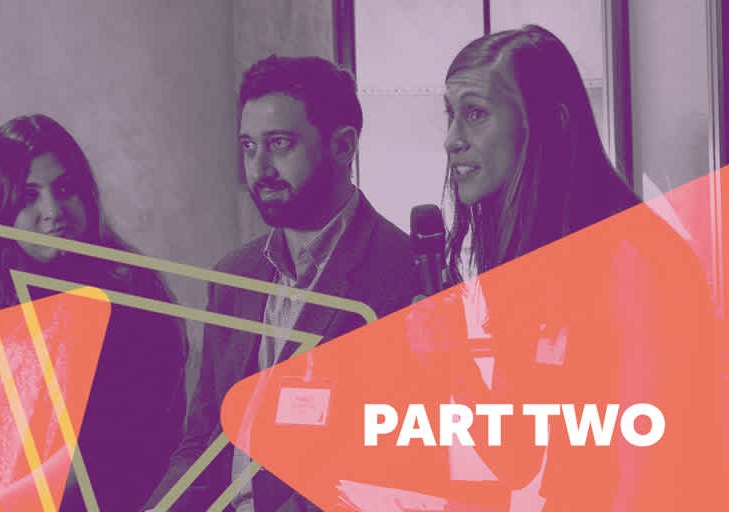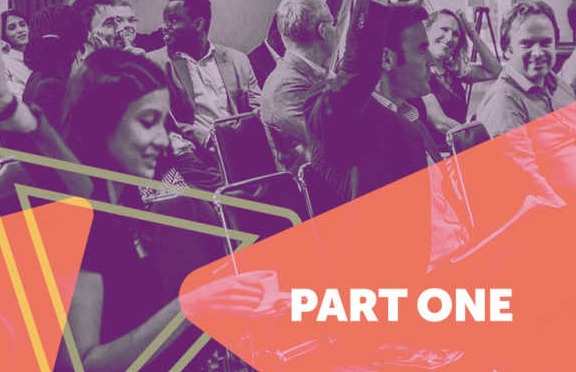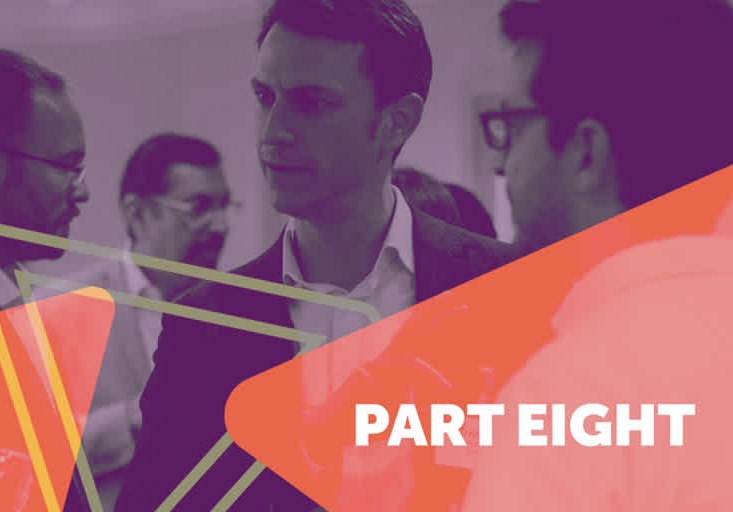Build Your Business
Addison Nuding on understanding customers and their struggles
In Part 5 of our Nonprofit to Social Enterprise series Addison Nuding gives real world examples on why social sector leaders need to focus on understanding their customers.
February 08, 2018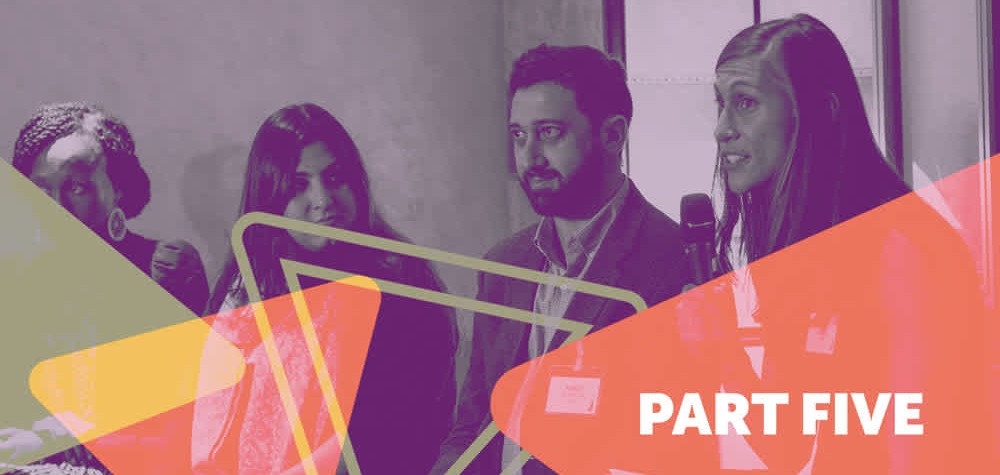
Addison Nuding was managing hardware operations at a tech company, but made the switch to the social sector to pursue a more entrepreneurial and meaningful mission. He joined WellDone, a nonprofit organization that designs sustainable solutions to critical human services in the WASH sector, as the managing director.
Initially a funding conduit for clean water projects in the developing world, WellDone was increasingly realizing that the majority of rural infrastructure initiatives were failing despite significant investment. Pumps broke down. Wells fell into disrepair. Critical infrastructure went unmonitored. Recognizing that governments, development agencies, and foundations that funded this infrastructure wanted a way to track whether projects were successfully implemented, WellDone began developing a remote monitoring system.
“It’s basically a connected alert system that can collect data and notify the responsible party when the infrastructure is no longer working. This technology is the missing piece of a larger service solution,” Addison explains.
The organization gained traction with these well-endowed foundations and agencies, which were eager to close the data gap. But WellDone soon realized that, as a nonprofit, they were engaged in operating a complicated business model, where the end users were different from the people who were paying for the service.
“Working in rural developing countries is challenging. The remote monitoring devices have to be hidden, long lasting, and robust enough to withstand use and abuse in the field,” Addison explains.
“The captured data also has to be valuable and informative so that NGOs and communities can take the necessary corrective action. And while parties that fund infrastructure projects are keen to track their investments, these customers do not interact with the hardware on a day-to-day basis. This multi-sided market makes serving the bottom of the pyramid a complex endeavor,” he adds.
After testing several approaches, WellDone eventually decided to spin off a for-profit arm that can focus on developing the communications technology and hardware for paying customers, while the nonprofit arm focuses on the NGO as their customer.
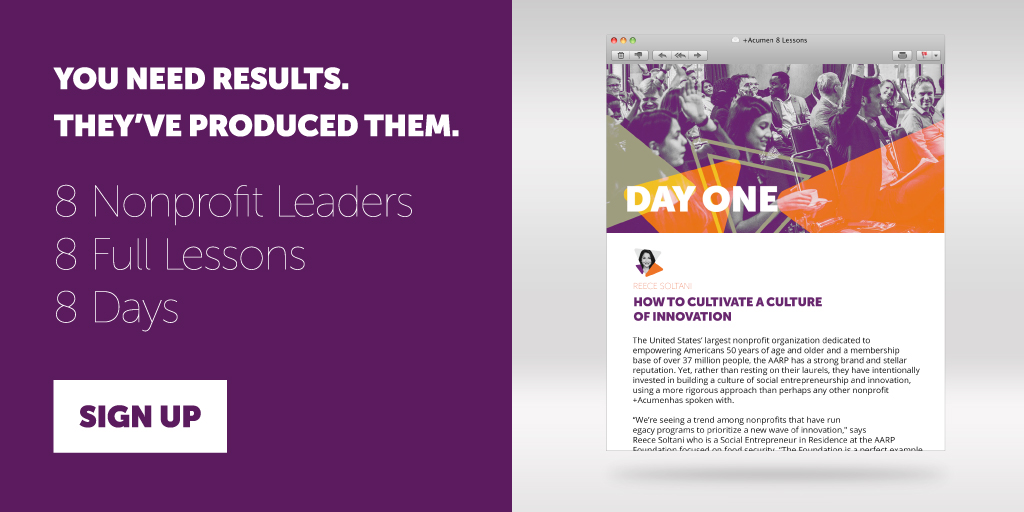
However, because of their multi-sided business model, WellDone has learned a lot of hard lessons and Addison has thoughtful words of advice for other nonprofits whose innovative ideas are gaining attention, but who are trying to assess whether the market is sizeable enough to pursue them.
“Often times the actual problem and subsequent solution is not always the one you initially think or the one that the customer expresses. The true problem, and hopefully the solution, will become more apparent once you know your customer. In the design thinking process, knowing your customer is the first step and the best way to begin problem solving. With more empathy for the user comes a more desired solution. It is also the step one can fall back on when feeling stuck and frustrated. In the case of WellDone, understanding all of our customers, including communities, NGOs, and aid organizations, and building products to meet their needs will continue to guide us. Know your customer well and deliver something that they actually need.”
Addison is now Executive Director of WellDone.


